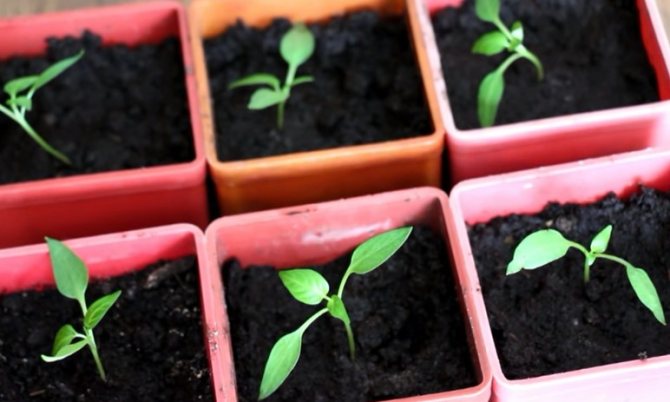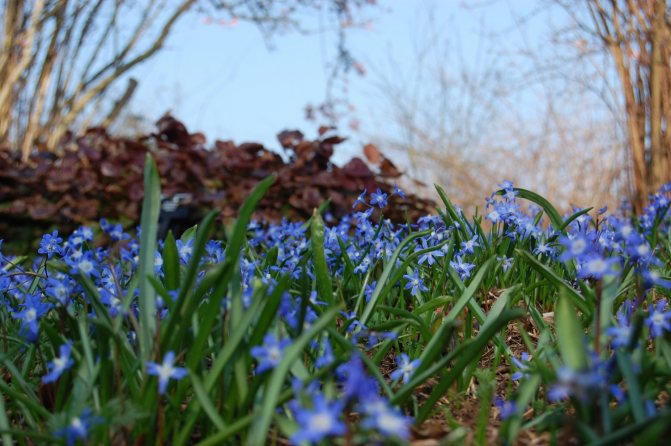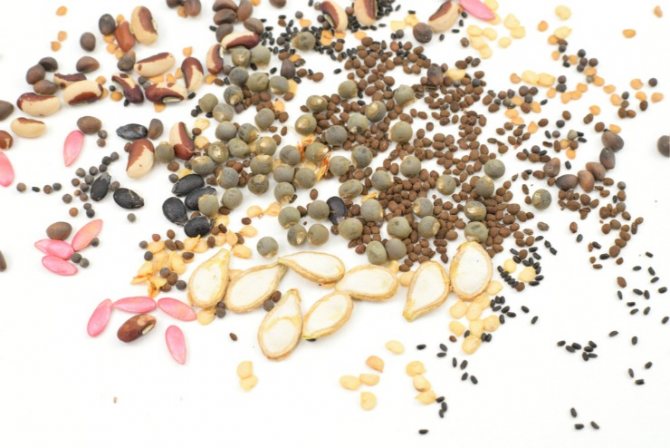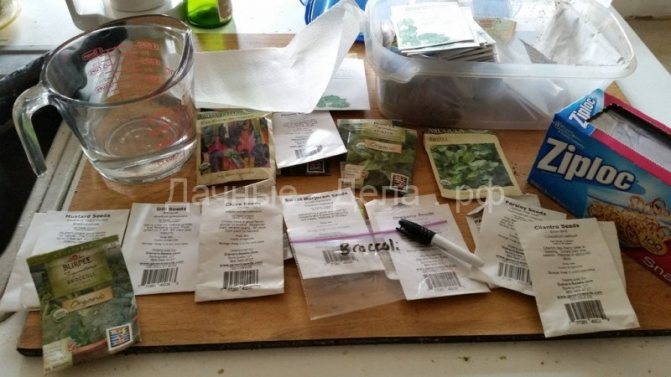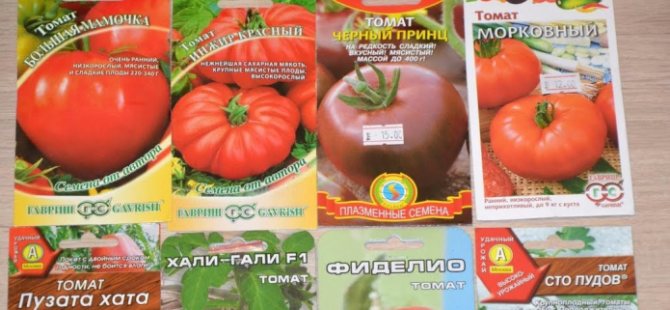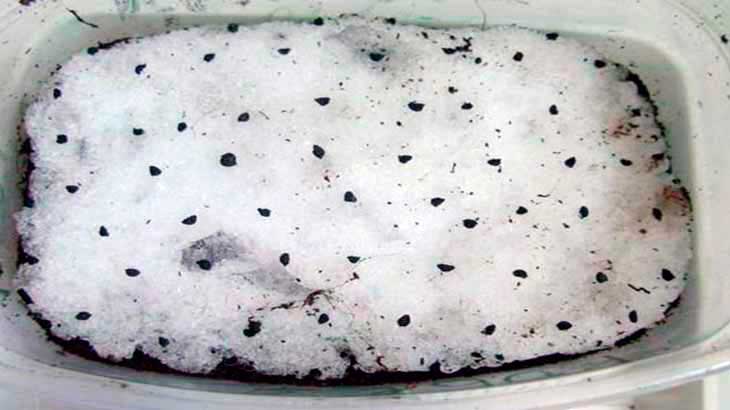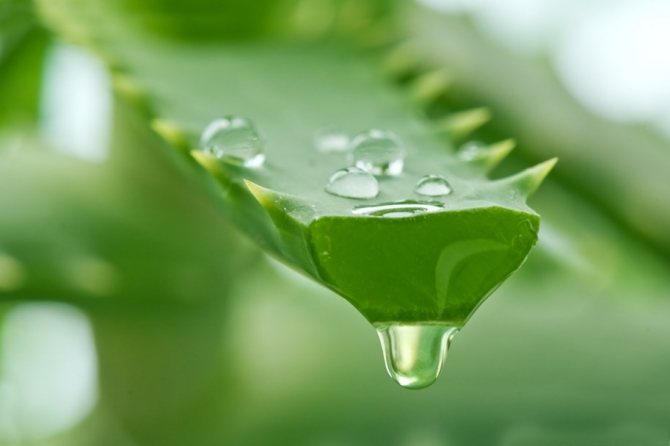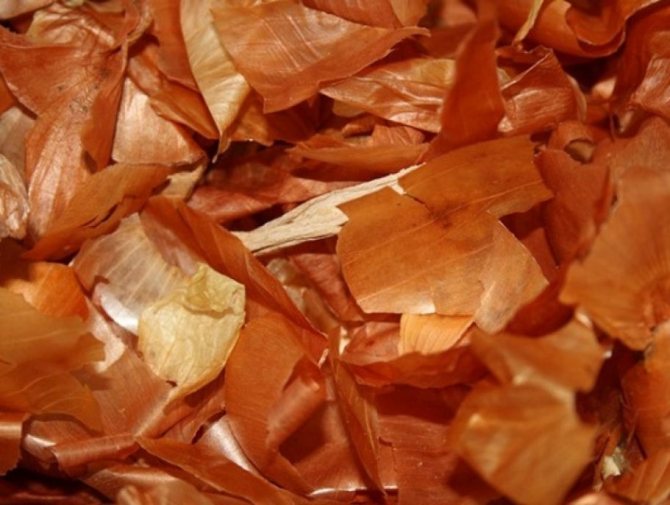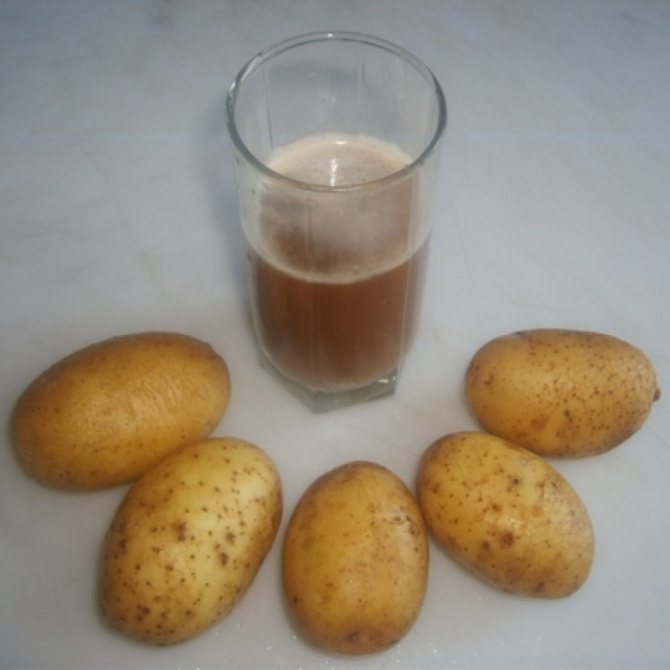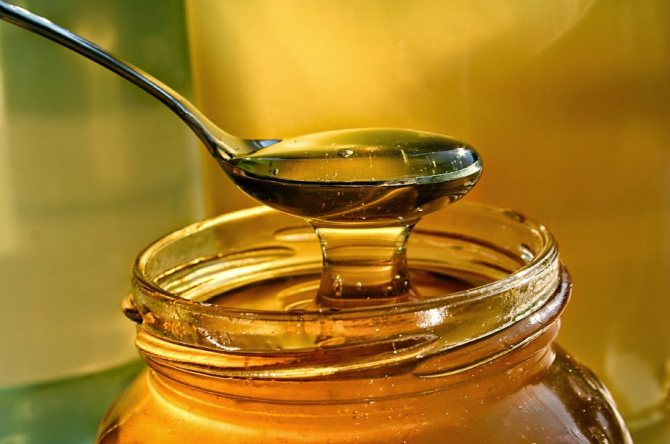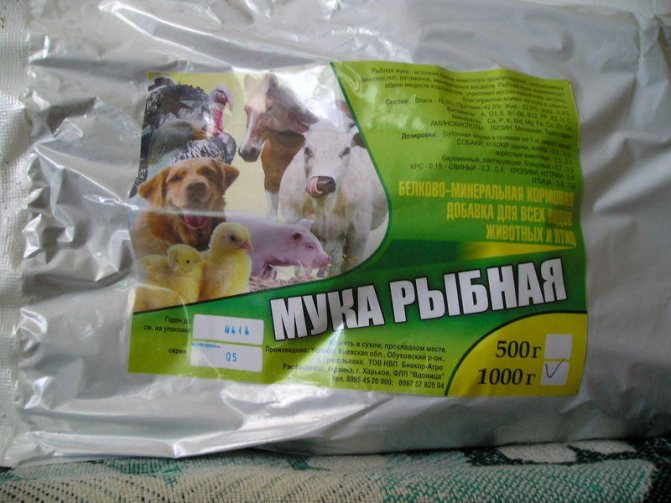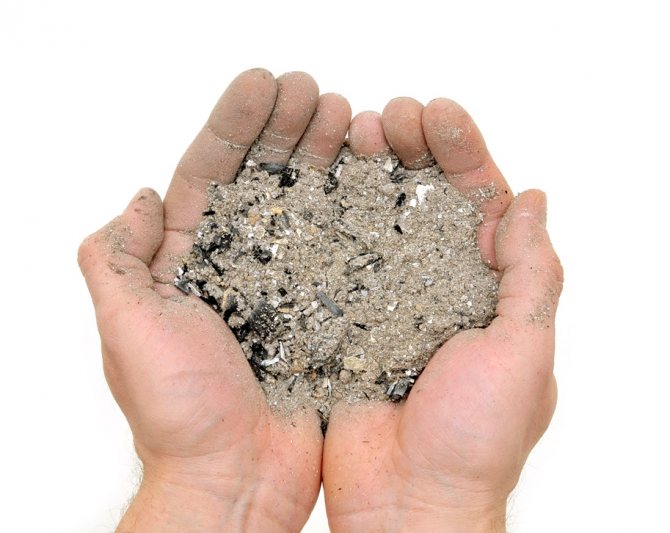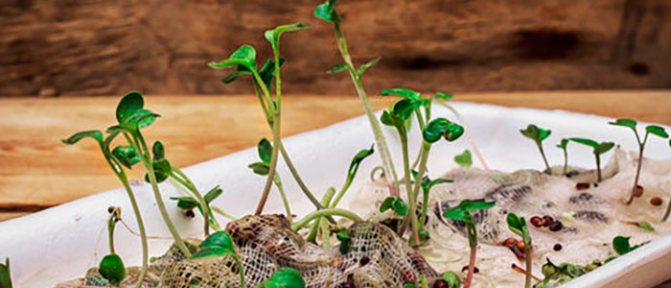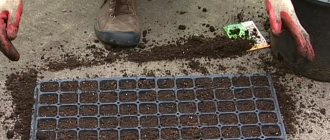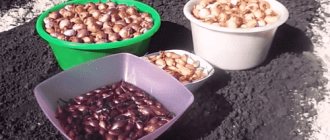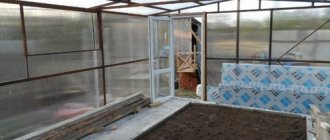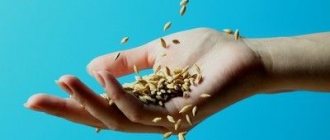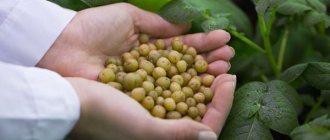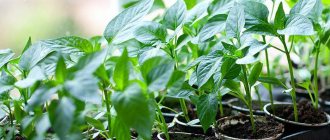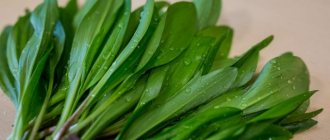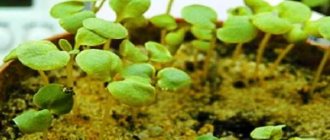Expiry dates and seed germination
Each seed is a real plant that has a bud, leaf and root. Only they are miniature and hidden under a hard shell. It is their state at the time of sowing that the germination energy and the speed of further development of seedlings depend.
The shelf life of seeds is the preservation of its viability for a certain period. It depends on the specific culture, storage conditions and even the observance of agricultural technology when growing mother plants. The approximate terms of preservation of germination and germination are presented in the table:
| Culture | Expiration date (in years) | Germination time at 20 degrees (in days) |
| Watermelon melon | 6 – 8 | 6 – 15 |
| Eggplant | 3 – 5 | 8 – 14 |
| Zucchini | 6 – 8 | 4 – 8 |
| Cabbage (all kinds) | 4 – 5 | 5 – 10 |
| Cucumber | 6 – 8 | 4 – 8 |
| Pepper | 2 – 3 | 10 – 14 |
| Tomatoes | 3 – 5 | 8 – 10 |
| Carrot | 3 – 5 | 10 – 12 |
| Radish | 3 – 4 | 6 – 8 |
| Onion | 3 – 4 | 10 – 12 |
| Beet | 4 | 7 – 10 |
| Parsley dill | 3 | 14 |
The table shows the timing of the preservation of high germination. But some specimens can remain viable for up to 10 years. The number of suitable seeds decreases with each year of storage.
The rate of the maximum number of full-value seeds depends on the crop. For example, for cereals, 90 - 95% are considered good indicators, and for beets, tomatoes, peppers - 60 - 70%. For parsnips and parsley, values of only 40-50% are acceptable.
The expiration date on the seed bag is not an indication of germination. It only informs about the interval in which the products should be sold. The countdown starts from the date of packing, not collection.
Sow seeds at the optimal time
Each crop - vegetable, berry and flower - has its own sowing time. Depending on the region, they may differ by a month or even more. The optimal date depends on the climate and terrain.
Failure to comply with the recommended deadlines for growing seedlings is fraught with the fact that the plants will be ready for planting in open ground before the ground warms up. Lack of space in containers will lead to underdevelopment of the root system, and a lack of nutrients will make the seedlings weak.
If it is too early to sow seeds in the beds, you can be left without a crop - night frosts will "kill" barely hatched sprouts. It is also not worth delaying the timing - if you do not have a greenhouse, the fruits of late varieties, most likely, will not have time to ripen.
Methods for determining germination
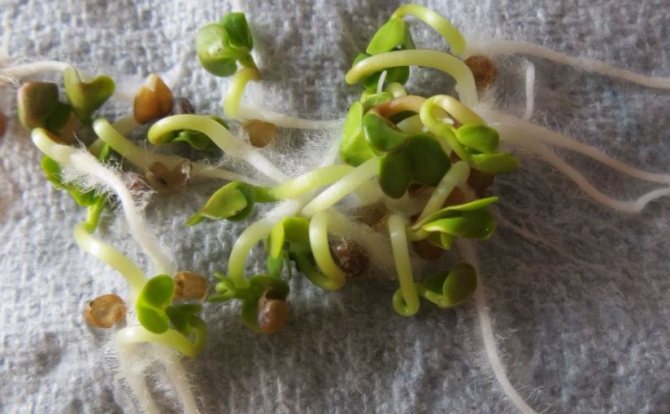
There are several ways to check the germination energy at home. Each of them has certain characteristics.
In saline solution
This method is a cross between calibration and germination control. Seeds are dipped in small portions into a solution of sodium chloride (30 - 50 g per 1 liter of water) or potassium permanganate (1 g per 1 liter). After 20 - 30 minutes, large, full-bodied specimens will sink to the bottom of the container, empty ones will remain on the surface. They are poured with part of the solution. Quality seeds are washed and dried.
Expert opinion
Chernyaeva Tatiana Dmitrievna
He is madly in love with gardening and grows only organic vegetables.
Ask a Question
If the check is carried out just before sowing, hot (60 degrees) water can be used. The seeds are poured, covered with a lid and left until the water cools completely. The specimens that have settled to the bottom are sown in seedling boxes or soil.
In cloth or napkins
For the process, use a thick cloth, napkins or toilet paper:
- The material is placed on the bottom of a plate or other container and moistened with warm water from a spray bottle.
- The counted number of seeds is spread at a short distance from each other.
- Cover with a second layer of material and moisten it.
- Install the container in a warm (26 - 27 degrees) place with dim lighting.
It is best not to use gauze or other porous material for germination. The sprouts that appear penetrate into its structure, and it is impossible to separate them without damage.
How do you define similarity?
In a bag In a cloth
In sawdust or sand
The method is recommended for crops with large seeds - corn, beets, melons, beans, beans, peas, pumpkin, zucchini. For the procedure, they take washed coarse river sand or sawdust steamed in a water bath for 30 minutes. The substrate is poured into shallow containers and moistened. Then in rows, at a distance of 1.5 - 2 cm, the seeds are distributed on the surface. Sprinkle them with a layer of sand or sawdust 0.5 cm high. The optimum temperature for seed germination is +23 - 27 degrees.
In the package
The seeds are laid out on one side of a plastic bag and slightly moistened with a spray bottle. Cover with the second side and tie. Several holes are punctured on the surface to allow air to enter. In the warmth, full-fledged seeds inside the bag quickly swell and sprout.
Mulch crops
Many gardeners do not use mulch, although it performs important functions - it does not allow moisture to evaporate too quickly after watering, protects delicate sprouts from frost, hail, strong winds and sunlight, and interferes with the active growth of weeds. Available materials are used for mulching:
- pine needles;
- sawdust;
- bark of coniferous trees;
- manure with a high straw content;
- sedge;
- peat;
- mulch paper.
But despite all the benefits, mulch can also harm crops. If the spring is rainy and cold, the ground under the covering layer will warm up more slowly, and the seeds will begin to rot due to excess moisture. Also, some materials (needles, peat) are capable of acidifying the soil, which not all crops like.
How to determine the percentage of germination


Germination rates allow you to determine the seeding rate. 10 seeds are laid for germination.
If there are 30 seeds in a bag, the amount required for sowing is determined using the following equation:
- 10 pieces. - 7 pcs. ascended.
- 30 pcs. - X pcs. ascended.
With such indicators, we find that about 21 pieces will rise from the package. Next, we determine the percentage of germination. We take 30 pieces as 100%, therefore, 21 is 30%. The calculation was made according to the formula - (21X100) / 30 = 70%.
Based on the results, it is determined whether it is necessary to carry out additional measures to increase germination or increase the seeding rate. Indicators of 80 - 90% are considered good. If the numbers are 60 - 70%, the rate is increased by 30%. At 50%, the number of seeds is doubled.
Expert opinion
Chernyaeva Tatiana Dmitrievna
He is madly in love with gardening and grows only organic vegetables.
Ask a Question
At rates below 30%, it is not advisable to use seeds.
Tips for planting seeds
Before planting, having poured the soil into the container you need, you need to loosen it a little and level it over all the areas of the container. After that, compact it a little and be sure to water it before sowing.
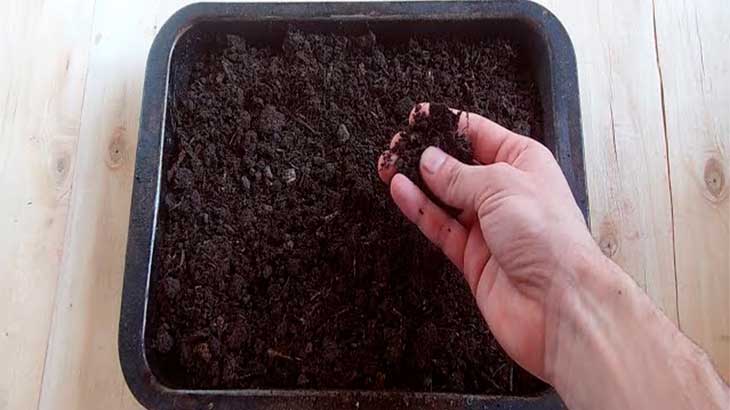

It is not worth sowing seeds of different crops into the same container, since their germination capacity may vary, and those that sprout earlier will drown out the growth of those plants that appear later.
It is not necessary to water the seeds after planting, as small ones can be washed out, and they will end up at the walls of the planting container. For large planting material, preliminary watering of the soil is sufficient.
Seeds need to be sown with a margin, since all cultures are different and they do not have 100 percent germination.
If the seeds that you decide to plant are large, such as, for example, those of castor bean, then they should be distributed in the planting container at a distance of about 2 - 3 centimeters. This is necessary so that they subsequently do not interfere with each other, and so that replanting them is convenient and safe, without fear of damaging the root system.
You need to sow such seeds by making small depressions. And at the end, sprinkling them on top with 1 centimeter of soil or vermiculite, which retains moisture on the surface. And, again, after sowing, do not water.


How to increase germination
Energen
Heteroauxin
Copper sulfate
Boric acid
Potassium permanganate
Pre-treatment can give an impetus to the germination of even not very high-quality seeds:
- Soaking in a solution of stimulants (preparations Energen, Heteroauxin) or microelements (copper sulfate, boric acid, potassium permanganate - 2 g per 1 liter of water). Seeds are poured with a prepared solution of a temperature of 20 degrees for 3 to 4 hours.
- Hardening... The seeds are soaked for 15 - 18 hours in water + 20 degrees. Then they are placed in the refrigerator for 14 days.
- Warming up in hot water... The seeds are placed in water heated to +50 degrees for 20 minutes. Then washed with cold water.
The hot water heating method is not recommended for tomatoes. In this culture, the procedure slows down the germination process.
Prepare the seeds for sowing
To increase seed germination and seedling survival, you should carry out before sowing:
- Stratification - the process simulates winter conditions and is not needed by all garden crops (strawberries, quince, lavender, honeysuckle, walnuts and others).
- Treatment against diseases - it is necessary to get rid of pathogenic microflora, because most of the fungal and bacterial infections are transmitted through seeds.
- Soaking in growth stimulants - helps to get strong plants with good immunity.
- Germination test - needed to assess the quality of planting material.
For disinfection, solutions of copper sulfate, potassium permanganate and the drug "Fitosporin-M" are usually used. The most popular stimulants are aloe juice and Gumi fertilizer. The pelleted seeds (covered with a special colored shell) are not processed - the manufacturer has already taken care of this.
The germination test is done by sowing some seeds on a cotton pad, previously moistened with warm water. It is placed in a closed plastic container and sprouting is awaited. Periodically, an improvised greenhouse is ventilated to prevent mold from forming, and crops are sprayed from a spray bottle to maintain moisture. Comparing the number of sprouted and "dead" seeds, conclusions are drawn whether it is worth using them in the garden or whether you need to buy others.


Seed storage rules
So that the seed does not lose its germination during storage, it is important to create certain conditions for it. The main enemies of seeds are high temperature and humidity. After collecting them, they must be placed in tight paper bags and kept in a dry room at a temperature of + 15 to 25 degrees.
Breeder, candidate of agricultural science Galina Kuzmitskaya advises storing seeds in glass jars or bottles. The containers must be sealed with plastic lids or stoppers and placed in the refrigerator, in the vegetable compartment. In such conditions, the maximum germination is preserved.
After making sure of the quality of the seed, you can safely start growing seedlings. The check must be carried out in advance, until the sowing date has come.
How to care for seedlings
And as a result of your efforts, seedlings appeared. Now they need a different temperature and a lot of light. Transfer them to a windowsill, where it is + 21-27 ° C during the day, and at least +20 ° C at night.
It was a mystery to me: why gardeners, even experienced ones, advise to supplement the peppers.I live in Western Siberia, in a private house, our windows are small, they receive less light than in city apartments. I sow pepper seeds in the same way - in February, after the 20th. I have never allocated the lightest window to the seedlings of peppers, for me they are shade-tolerant. Of course, I don’t keep them on the north and west windows, but they grow beautifully on the east and south-east ones, even in the second row, away from glass. Not a single variety has ever been drawn. But, having studied the question, I realized that the backlight is needed not to increase the intensity of light, but to extend the daylight hours.
The length of the day during the seedling period is very important, it will affect the yield in the future. Even at the end of February, the day lasts less than 11 hours, and seedlings need 12. Then the peppers will bloom 2-3 weeks earlier, which means they will have time to plant and grow more fruits.
In addition to ensuring the correct illumination and compliance with the temperature regime, timely watering is also needed. Water when the topsoil is dry. Take water warm and settled. To do this, keep the watering can next to the seedlings, then the water in it will be the same temperature as the soil in the box. Pour enough so that the ground is drenched to the bottom. The next day, after watering, loosen the rows, then there will be no crust and the roots will be able to breathe freely.
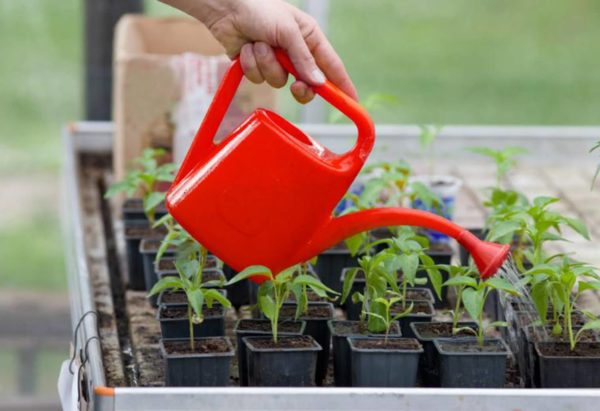

When watering the sprouts of pepper, pour enough water so that the earth is soaked to the bottom.
When the first real leaves appear, the peppers need a pick, that is, seating in separate pots. At the same time, it is impossible to injure the roots and deepen the root collar, that is, they must be transplanted carefully, with a lump of earth, and to the same depth at which they grew.
Further care for peppers is the same as for any seedlings: watering, feeding. They are planted in the ground when the frost stops, and in the greenhouse - 2-3 weeks earlier.
Video: how to care for pepper seedlings in peat tablets and ground
The period from sowing peppers to emergence can last from 5-6 days to three weeks. Germination rate is influenced by temperature, humidity, planting depth and soil structure. You can treat seeds with growth stimulants. But even if all the conditions are met and all the rules are met, the peppers may not rise. In order not to wait in vain and not to be disappointed, check the germination of seeds before sowing.
Increasing the germination of pepper seeds: proven folk and effective modern methods from yagodka.club.
When a germination test is needed
It is recommended to check seeds for germination even with purchased seed. With seeds that are more than 3 years old, it is imperative to carry out such a procedure.
The older the seed, the less germinating it becomes. The check will allow you to reject "dummies" that will not sprout.
Pepper seeds should be tested for germination in the following cases:
- self-collected planting material;
- own or purchased seeds with an expired shelf life;
- a new or rare variety from a little-known manufacturer.
The procedure allows the gardener to determine the approximate number of shoots.
How many seeds remain viable
Seed germination is one of the main criteria for their quality, indicating their ability to give full-fledged strong shoots.
For optimal seed preservation, two conditions are most important:
- maintaining a constant temperature throughout the storage period;
- low humidity of seeds and ambient air. In this case, the metabolic processes in the seeds proceed in a slow mode, due to which the embryos remain viable for a long time.
It was in such conditions that a dozen wheat seeds were stored, found in an alabaster Egyptian vase that had been in the tomb of the pharaoh for more than three millennia. As a result, one grain hatched, grew and even spiked. Here is such an amazing story.
In addition to storage conditions, seed viability is determined by the following factors:
- Ripening conditions. In general, seeds harvested in dry and warm (not hot!) Summers lie much better and longer than those obtained from the same varieties, but in a wet and cool season. Unripe, empty, small seeds or seeds from unripe fruits are not only low-yielding, but are characterized by poor keeping quality.
- Post-harvest processing. Sorting, sizing and clearing the seed material from debris is essential for its successful storage in the off-season.
Seeds lose their germination at different rates. At the first stage, this process proceeds slowly (the viability remains up to 75% of their total amount), but later it is noticeably accelerated (see the table below). At the very end, the process is greatly inhibited, so it is not surprising that in a heap of very old seeds there will always be one or two “living” specimens.
Therefore, in most situations, the rule is that the fresher the seed, the better. The only exceptions are the seeds of cucumbers and zucchini, which are preferable to sow at the age of 2-3 years. Of course, you can get a good harvest from the seeds of these crops harvested last summer. To do this, it is enough only for 2-3 months before planting to warm them up near the battery at a temperature not higher than 35 degrees.
Germination
The method allows you to check the quality of the seed. Germination of tomato seeds before planting increases germination, resistance to adverse factors: dense soil, buried planting, excessive soil moisture. Sprouted seeds are also able to sprout quickly and amicably.


It is better to soak tomato seeds in melted water, placing them between two pieces of damp cloth and covering them with a plastic bag. It is important to observe the temperature regime of 23-27˚С, ventilate the seed daily for 5-10 minutes, if necessary, moisten the tissue. The first shoots should appear in 5-7 days.
Readiness for sowing can be recognized by the size of the roots, the size of which should slightly exceed the size of the seed itself.
For sowing, it is better to use the seeds that hatch first. The most viable, strong seedlings grow from them.
How to collect your own seeds
If the purchased tomatoes have fully justified themselves, then for subsequent cultivation, you can collect seeds yourself.
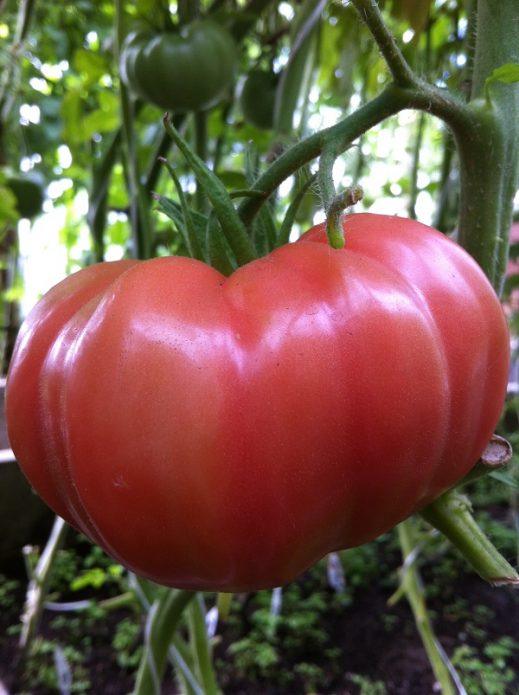

If you want to repeat the harvest in the next season, self-collected seeds will help in this.
In this case, it is important to fulfill several conditions:
The procedure for obtaining seeds is not difficult:
- Cut the fruit in half across.
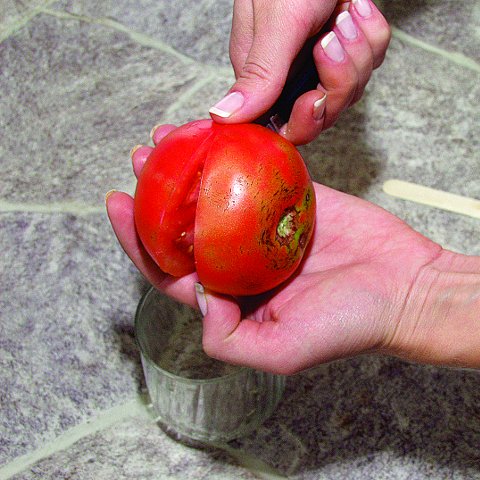

Cut the tomato in half


Seeds are easy to pick up with a teaspoon


For better separation of seeds from the pulp, place them in a fermentation jar


Empty seeds float to the top, they need to be poured out with water
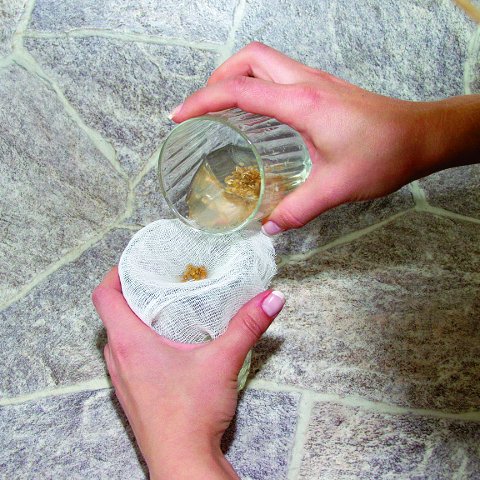

Collect the resulting seeds on gauze
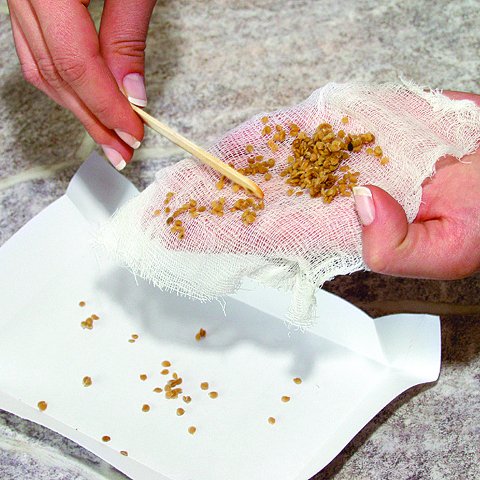

Collect the dried seeds in bags
This is the easiest way to independently obtain seeds of your favorite tomato variety.
Video: getting tomato seeds yourself
Seed calibration as a preparatory step
Before determining the germination of sweet or hot pepper grains, some vegetable growers pre-calibrate. Seeds are sorted into small, medium and large. Different-sized grains should be planted in the ground in separate containers, since they will emerge in different ways. Larger specimens have a high germination energy, so they will sprout much faster. This does not mean that small grains are bad and should not be expected to germinate from them.But seedlings will appear much later.
At the preparatory stage, discarding of darkened and chipped seeds is also carried out. Such specimens are unsuitable for sowing, since they are unlikely to sprout.

